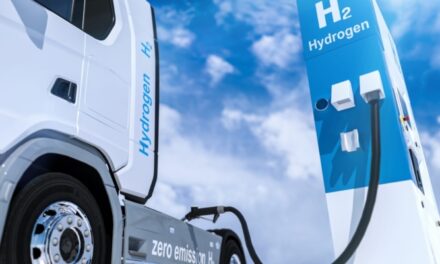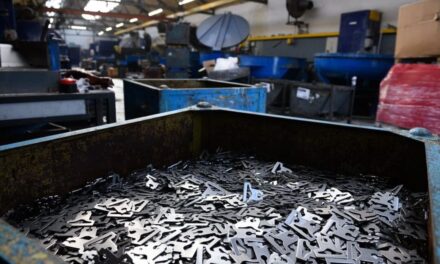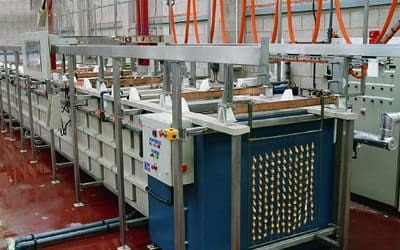Summary. 3D scanning cost is influenced by various factors, from equipment type to object complexity. Size, geometry, and desired application dictate the price. Choosing the right technology, considering end applications, and selecting a reputable service ensures precision and value for money.
When considering using 3D scanning services, there will be a range of factors that will contribute to how much this will cost.
It’s not simply down to the kind of equipment available, but also the size of the subject you wish to scan, the application of the 3D scanning process, and the type of technology which will be most appropriate.
All these things will have an impact on cost, and it is important to understand what it is you are paying for.
GEOMETRY AND SIZE
The size and nature of the part or object you wish to scan will influence the cost of the 3D scanning.
This is a major factor in deciding cost. In most situations, you’ll need more than one scan of the object. Therefore, the larger the object, the more scans it requires.
The complexity of the object you wish to scan will also influence the cost of the 3D scanning process.
Flat surfaces are much easier to scan than surfaces which include holes, posts, threads or overhangs. Even with advanced 3D scanners, more geometrically complex items will take longer to scan, capturing every feature to provide a comprehensive and full accurate scan.
Certain mechanical components, for example, will take longer to scan than outer features that are smooth and largely featureless.
SCANNING TECHNOLOGY
3D scanning technology varies, and different scanning equipment will have its strengths and weaknesses, depending on the end purpose. Therefore, it’s important that you have the right type of technology for your task.
Not all 3D scanners are good at handling objects of any size.
Here, field of vision is a critical aspect. If you have an object with a large bounding box, then you should be using a scanner with a correspondingly large field of vision. This will make the scanning process much more efficient.
If you apply a scanner with a small field of vision to scanning a large object, this will take longer than it needs to, and will therefore increase the price of the scanning service.
Your 3D scanning service should pick the most ideal technology for each job they do.
This technology includes:
- Fixed and desktop scanners, and
- Portable 3D scanners.
The accuracy and functionality of these scanners varies, making them each suited for different tasks and capturing a range of object sizes and shapes.
In some instances, the object will be small but highly detailed, such as components in highly precise manufacturing and fabrication. Other objects might be large-scale and outdoor, such as wind turbines or buildings.
Sometimes objects are moving, requiring dynamic referencing and high movement speeds in the scanning technology.
END APPLICATIONS
As a means to an end, 3D scanning is a valuable process for a range of applications. The way you apply 3D scanning technology will have an impact on the overall cost of the service.
Here are some examples.
Using 3D scanning for reverse engineering enables you to create CAD files for parts that are otherwise discontinued, damaged, or missing essential design records.
This is a meticulous process, and it can involve manual application of a 3D scanner to capture every last detail of a component. Accuracy is essential, whether the object is large or small. More complex objects may require additional work to ensure subsequent reverse engineering without missing any critical aspects.
Another 3D scanning application is the inspection of finished parts or quality assurance. Here, a 3D scan of the part allows for precise comparison with the original CAD designs, to check for any errors or inconsistencies. A colour map will demonstrate to what degree each point aligns to or differs from the CAD file.
The more data points the scan provides, the more detailed analysis you can make, but obviously more data points mean more scanning time.
OTHER COST CONSIDERATIONS
Consider the size and reputation of the scanning provider, and whether this influences price. However, also consider professional reputation as a key factor: often you get the expertise you pay for.
The details of the job that you supply will influence the estimate of the cost of the service. The more accurate you are, the more accurate the corresponding scanning estimate should be.
Be as specific as you can about what you want as the end result, because this will ensure you get what you want, and at a price that matches the service your provider offers.
If you want to find out more about our 3D scanning services, please call us on 01527 558 282, or complete our contact form and we’ll be in touch as soon as possible.
Related: Benefits Of Handheld 3D Scanners
To read the original article please see here





